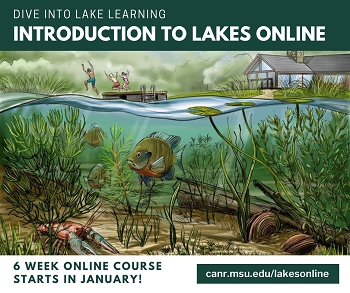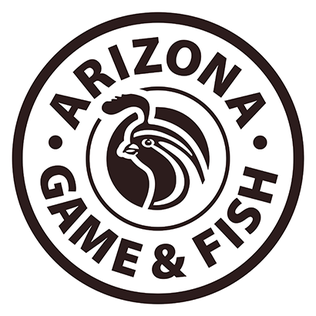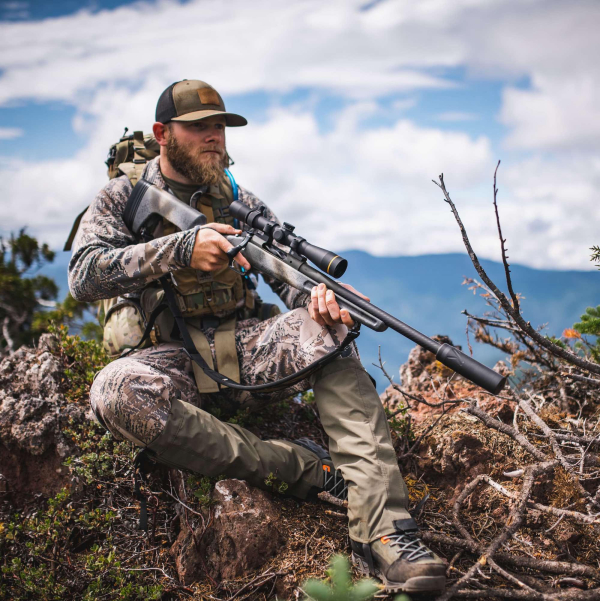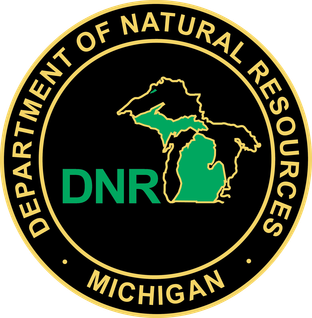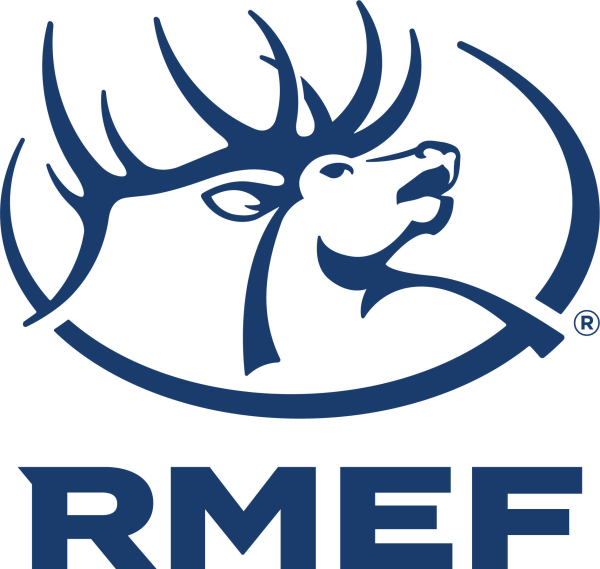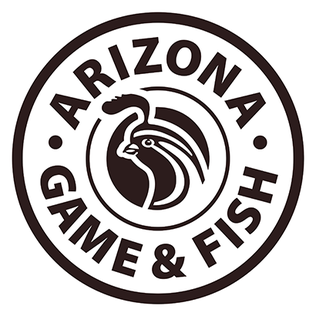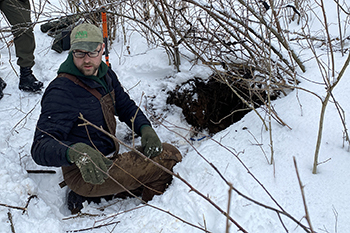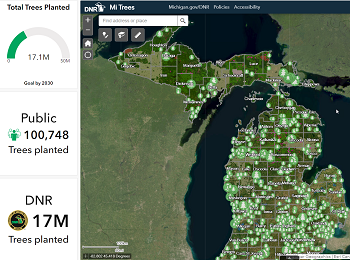By Glen Wunderlich
Charter Member Professional Outdoor Media Association (POMA)
“Hunters should take as many deer as they legally can for the good of the deer and the range,” the biologists urged, because deer numbers were far higher than what the habitat could support. As Yogi Berra would have said, “It’s Deja Vu all over again.” However, this biologists’ call to action came some 70 years ago.
Back then, the Southern Lower Peninsula (SLP) added 8,445 deer to the total taken – a distant third to the other two regions in the state. It fielded about one-half as many hunters as did the Upper Peninsula. Today’s geographical shift now pegs the total number of hunters and deer taken in the SLP to exceed the remainder of the state.
The more things change, the more they stay the same. If we hunters do not step up, we run the risk of intervention by government to hire sharpshooters to lay our precious, renewable deer-herd resource to waste. As frightening as it may seem to some folks, invited snipers are already piling them up legally via crop damage permits, while the over-abundance prevails.
With this in mind, I have committed my season to do my part to take at least one doe. I purposely did not use the term “antlerless”, although perfectly acceptable in a broad sense; my focus will be adult, female deer.

Michigan Whitetail Doe
Doing so is a bittersweet proposition, but a necessary evil, if you will, for the future benefit of hunters, land owners, and wildlife.
I may not be subjected to “buck fever” as a result but sometimes an involuntary adrenaline rush makes things difficult for me even when I’m staring down wildlife as low on totem pole as a woodchuck. At times, I have to talk to myself to settle down in an effort to get those crosshairs to cooperate.
Identifying a big buck is easy when his headgear may as well be a flashing light. Not a whole lot of thinking is involved, when the biggest brute in the woods is at hand. Female deer, on the other hand, require careful examination of myriad details to bring home the most venison for the dollar spent on licenses and processing.
I’ll consider the weather-related conditions, as well. I won’t get involved with tracking in the rain. If it’s too warm to hang a deer, I’ll wait. If it’s too cold to hang one without it being subject to freezing, I’ll hunt another day. After all, there will be over 90 total hunting sessions – mornings and afternoons each day – through the season’s final day, January 1, 2024 and that should suffice to choose ideal conditions.
A perfect shot is still imperative when the time arrives. My Ruger American rifle in .450 Bushmaster caliber is up for the task and has been sighted in to maximize effectiveness.

Ruger American in .450 Bushmaster with Hydro Dipped Stock and Zeiss optic
Confidence? You bet!
The anticipation and excitement of November 15th’s opening day is still bottled up with expectations. That slow walk in the morning darkness will still be the same, as has been the case for decades. It simply never gets old.


